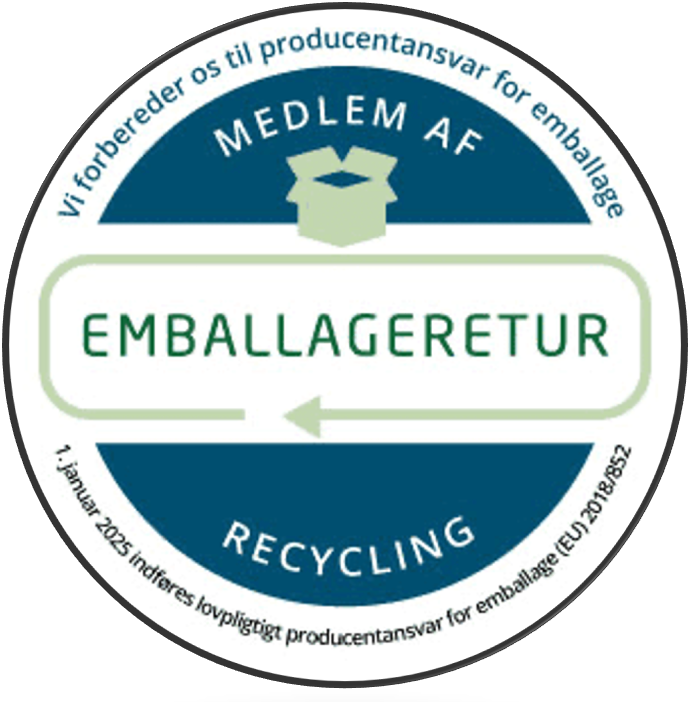FAQ
We use a lot of abbreviations in our daily lives, and you will also find them here on the site – So here you will find a dictionary to explain what we mean.
“lm” is an abbreviation for “Lumen”. It is also often referred to as “Output”. Lumen is a measurement of the luminous power emitted by a light source. This unit is often confused with “Lux” – see here. Our products range from 40 up to 5,000 lumens
“IK” is an abbreviation for “Impact Resistance (Kinetic Energy)”. This unit indicates the degree to which an electrical device is able to resist external mechanical impacts. Our products are typically rated IK07/IK08 (standard for the industry).
K” is an abbreviation for “Kelvin”. It is also often referred to as “Color Temperature”. “K” is a measurement of the color impression of the light, which is often described as warm (low K value) or cold (high K value). The normal range of light is 1700-9500K. Our products are typically in the range of 5500-7500K (standard for the industry).
“IP” is an abbreviation for “Ingress Protection”. It is also often referred to as the “Enclosure Class”. The Enclosure Class is indicated by the letters IP, followed by 2 digits or 1 digit and 1 “x” before or after the digit. This classification indicates the degree to which an electrical device is able to resist the intrusion of solid objects and water/fluid. Our products are typically in the range of IP20-IP67.
Ra” is also often referred to as “CRI”. See CRI below
“LED” is an abbreviation for “Light Emitting Diode”. It is an electrical component that converts electrical energy into infrared, visible or near-UV light. LEDs are now the primary light source in work lamps, as they can provide high lumen output and are incredibly energy efficient, environmentally friendly, durable and long-lasting – they can emit light continuously for years without “burning out”. On average, the light emitting diode will emit only half as much light after a minimum of 50,000 lighting hours, depending on factors such as high/low temperatures or high electrical loads. We only use “CREE”, “COB” or “SMD”.
CREE is a brand produced by a company based in the state of North Carolina. They are widely recognized in our industry as the best manufacturer of high-quality LEDs.
“COB” is an abbreviation for “Chip On Board”. It is a type of “LED” where the integrated circuit is directly connected to a “printed circuit board”. By eliminating the link between individual semiconductors, the finished product can be more compact and cheaper, with a higher lumen output. This technology is often called third-generation LED.
“SMD” is an abbreviation for “Surface-Mount Device”. It is a type of “LED” where the components are attached directly to the surface of a “printed circuit board”. In comparison to “COB”, high lumen (lm) output requires more room for the diodes. Comparison: Task Lamp TL5000 uses 120 x SMD for an output of 5000 lm, while Task Lamp X4 uses just 1 x COB for an output of 3800 lm. SMDs emit less heat, however, so they can be installed in plastic enclosures rather than aluminum or metal. This technology is often called second-generation LED.
“CLASS” is also often called “Enclosure Class”. It indicates the protection class in relation to the risk of electrical shock. The strictest standards apply for CLASS 0, I, 0I. The standards are not as strict for CLASS II, III. Our products are all CLASS (II) (cabled lamps and power supplies) or CLASS III (battery-powered lamps/lights).
This is typically defined as “IP” or “CLASS”
“lx” is an abbreviation for “Lux”. Lighting power is measured according to how much light impacts a surface. The unit Lux indicates lumens per square meter. This unit is often confused with “Lumen (lm)”





